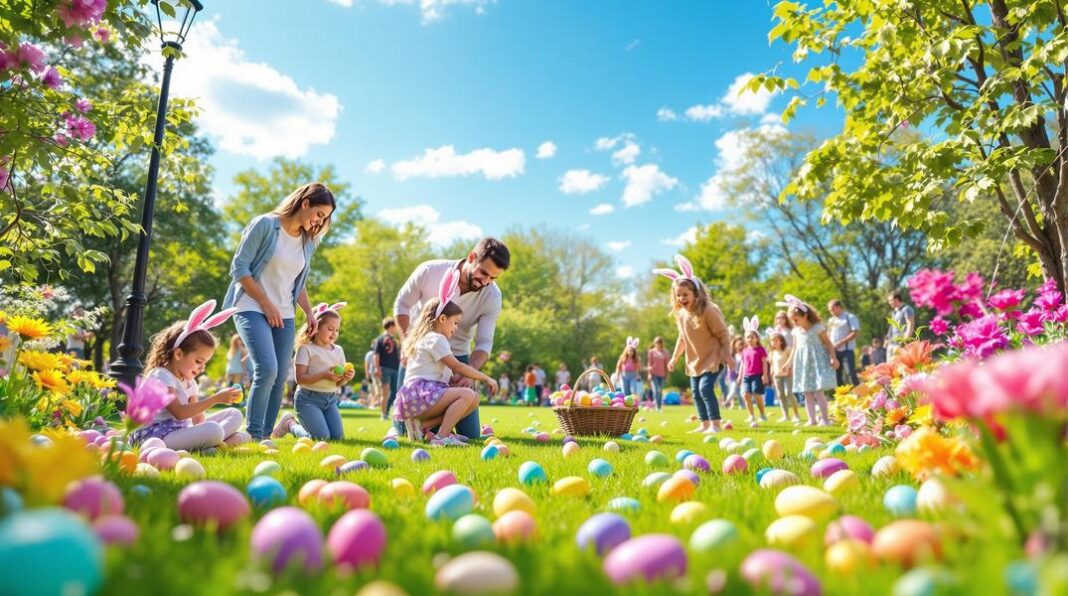Every spring, as cherry blossoms begin to bloom across Washington D.C., the White House prepares for a tradition that’s outlasted wars, pandemics, and even congressional egg bans: the annual Easter Egg Roll.
Dating back to 1878 during the Rutherford B. Hayes administration, the White House Easter Egg Roll has become one of the most enduring presidential traditions in American history. But its origins stretch back even further, with evidence suggesting informal egg-rolling festivities may have taken place during Abraham Lincoln’s presidency, as noted in White House historical records.
From Capitol Hill to the South Lawn
The egg roll wasn’t always a White House affair. In the 1870s, Washington families — including those of sitting presidents — would gather on Capitol grounds for the festive tradition. Some historians believe that Dolley Madison might have first proposed the idea of a public egg roll, though the historical record remains somewhat scrambled on this point. Eventually, concerned lawmakers put an end to the Capitol celebrations, with Congress passing legislation in 1876 that prohibited children from playing on Capitol Hill, citing landscape preservation concerns.
Where would Washington’s egg-rolling children go? President Hayes answered that question two years later when he opened the White House South Lawn to local children for Easter Monday festivities in 1878, establishing what would become one of the oldest recurring White House events.
“Since 1878, American presidents and their families have celebrated Easter Monday by hosting an ‘egg roll’ party,” according to the White House Historical Association. “Held on the South Lawn, it is one of the oldest annual events in White House history.”
Wooden Eggs and Golden Tickets
Today’s Easter Egg Roll bears little resemblance to those early celebrations. Modern attendees receive commemorative wooden eggs featuring a silhouette of the White House and the signatures of the President and First Lady — a far cry from the simple hard-boiled eggs of yesteryear. In particularly robust years, as many as 25,000 of these wooden keepsakes have been distributed to eager participants.
Want to attend this storied celebration? It’s technically open to the public, but you’ll need more than just Easter Sunday best. Attendance requires tickets obtained exclusively through an official White House lottery system, making these passes almost as coveted as Willy Wonka’s golden tickets for many families.
A Tradition With Interruptions
Despite its longevity, the Easter Egg Roll hasn’t been entirely immune to historical disruptions. The celebration has been canceled during several critical periods — the dark days of both World Wars, during Harry Truman’s extensive White House renovations, and most recently during the COVID-19 pandemic, as documented by historical accounts.
What makes this tradition so resilient? Perhaps it’s the simple joy of children playing on the White House lawn, a reminder of continuity amid changing times. Or maybe it’s the rare opportunity for ordinary citizens to participate in a White House tradition that transcends politics.
“There were 25,000 wooden eggs featuring a silhouette of the White House and the signature of the president and first lady,” noted one historical account of a particularly well-attended celebration, highlighting how these small keepsakes have become treasured mementos for generations of American families.
From its humble beginnings as an impromptu gathering to today’s carefully orchestrated event, the White House Easter Egg Roll stands as a testament to one of America’s more whimsical presidential traditions — one that has survived congressional bans, world wars, and even a global pandemic, rolling forward much like those colorful eggs on the South Lawn each spring.


